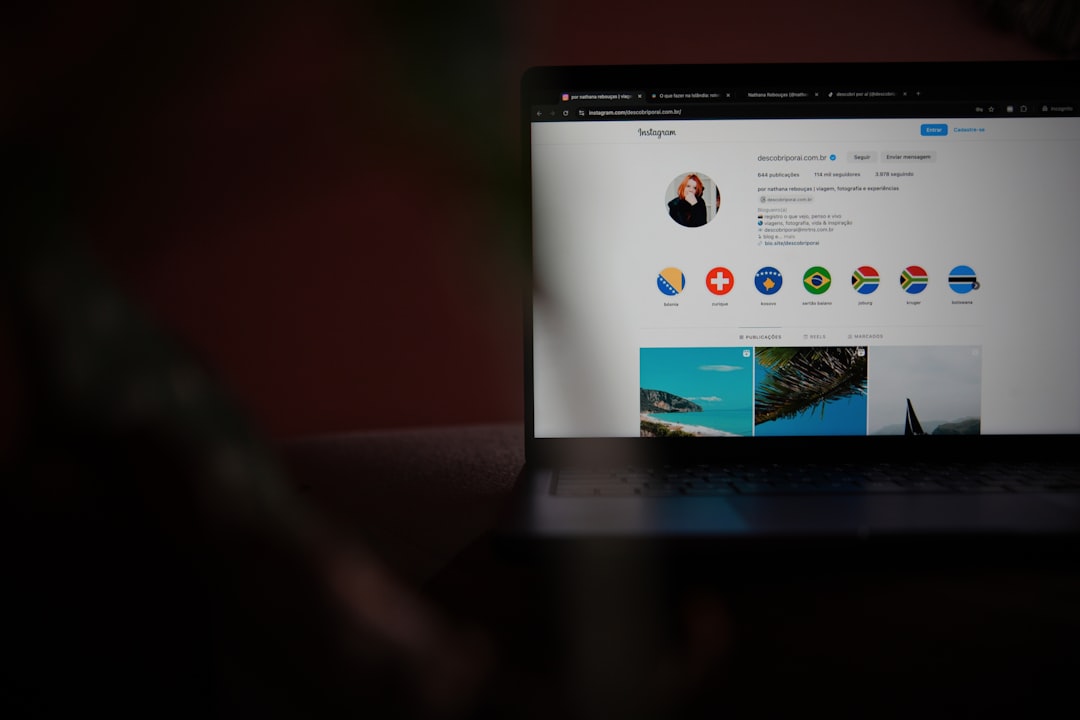When browsing the list of background processes or services running on a Windows 10 computer, users may come across one called Bonjour Service. To many, this name may sound unfamiliar or unrelated to their everyday use of Windows—and understandably so. Bonjour is not a native Windows component and may seem mysterious, even suspicious. However, this service plays a very specific role in networking and application interactions, especially for users operating in environments with Apple devices or software. In this article, you will learn what the Bonjour Service is, how it works, and whether or not you actually need it on your Windows 10 system.
What Is Bonjour Service?
The Bonjour Service is Apple’s implementation of zero-configuration networking (Zeroconf). Originally developed for macOS, Bonjour is essentially a way for devices to discover each other on a local network without needing manual input. Bonjour allows applications to automatically find printers, shared files, or other systems that are available on the same network.
Even though it originates from the Apple ecosystem, Bonjour also functions on Windows when applications developed by Apple—or applications built using Apple development tools—are installed. This includes software such as:
- iTunes
- Safari (older Windows versions)
- Adobe Creative Suite (some versions)
- Skype and other communication apps (in specific use cases)
- Apps that use AirPrint or remote media sharing
Technically, Bonjour operates using industry standards like mDNS (Multicast DNS) and DNS-SD (DNS Service Discovery). It detects available services in a local network using these protocols by broadcasting service queries to other devices, all without relying on a central DNS server.

How Does Bonjour Work on Windows?
When installed on a Windows system, Bonjour registers itself as a background service that typically starts automatically when the computer boots. It runs continuously to listen for network changes and updates about connected services or devices. Bonjour helps certain apps automatically discover compatible services, such as a shared iTunes library on the same network, or a printer connected to another Mac or computer using iTunes or AirPrint-capable software.
The service executable is usually named mDNSResponder.exe, and it can be found in the Program Files directory—often in a subfolder related to Apple or iTunes. This file is not a virus or malware, but like any executable, it can be spoofed, so it’s important to verify its location if you are concerned about its authenticity.
Why Is Bonjour Installed on Windows?
Most users don’t intentionally install Bonjour. It is bundled silently with Apple-related software and apps that rely on network service discovery. For example, if you install iTunes on your Windows PC, Bonjour will likely be installed as part of the package without a separate prompt or confirmation.
This can lead to confusion, especially for users who don’t use the networking features that Bonjour supports. The service can sit quietly in the background consuming minimal resources but may still raise questions for anyone managing startup processes or performing regular system maintenance.
Do You Really Need Bonjour on Windows 10?
Whether or not you need Bonjour depends entirely on the software and services you use. Here’s a breakdown to help you evaluate your situation:
- If you regularly use iTunes, Apple devices, or AirPrint-capable printers, you most likely need Bonjour for everything to work seamlessly.
- If you use Adobe Creative Suite, some versions rely on Bonjour for cross-device collaboration or auto-discovery of network assets.
- If you use software that shares media or allows remote desktop operations across a LAN, Bonjour might be an underlying requirement.
- If you do not use any of these features or software, it’s possible that you can disable or even uninstall Bonjour without impacting your system.
If you attempt to remove Bonjour from a system that relies on it, you may experience loss of functionality in affected applications. Media sharing, printer discovery, or device syncing may suddenly stop working. For this reason, it’s recommended to stop the service temporarily and test any dependent applications before permanent removal.

Is Bonjour Safe?
Yes, the Bonjour Service itself is entirely safe. It is developed and distributed by Apple and has been in active use for years across both Windows and macOS systems. That said, like any networking tool, Bonjour does involve certain security considerations because it operates over the network and enables communication between devices.
As a general practice:
- Ensure your operating system is fully updated with the latest security patches.
- Verify that mDNSResponder.exe is located in its default directory (e.g., C:\Program Files\Bonjour).
- Keep your network password-protected and use a firewall to block unauthorized access.
If you ever notice strange behavior or unusual resource usage associated with the Bonjour Service, it’s reasonable to run a malware scan just to rule out any spoofing or misuse of the executable file name.
Can You Disable or Uninstall Bonjour?
If you’ve determined that you do not use any apps or network services that depend on Bonjour, you can safely disable or uninstall it—though it’s advisable to proceed cautiously. Here’s how you can go about disabling or removing Bonjour:
To Disable Bonjour
- Press Windows+R to open the Run dialog box.
- Type services.msc and hit Enter.
- In the Services window, find Bonjour Service or mDNSResponder.
- Right-click it and select Properties.
- Set the Startup type to Disabled and click Stop to halt the service immediately.
To Uninstall Bonjour
- Open the Control Panel.
- Go to Programs → Programs and Features.
- Look for Bonjour in the list of installed programs.
- Click it and select Uninstall.
If you are unable to uninstall Bonjour using typical methods, you may have a manually installed version or one that is bundled with another application. In such cases, removing Bonjour could impact those applications, so proceed with caution.
Should You Keep It?
As with many background services, Bonjour doesn’t consume significant system resources, and if you use Apple devices or compatible software, it’s better to leave it running. The risk of performance impact is minimal compared to the convenience it provides in compatible environments.
However, if you are running a Windows-only setup with no use of cross-platform apps or printer sharing, Bonjour may be unnecessary. Disabling it in such scenarios can free your system from running unused background services, helping you maintain a cleaner and slightly more efficient system.
Image not found in postmetaConclusion
The Bonjour Service on Windows 10 is a legitimate Apple utility that enables zero-configuration networking among applications and devices. Though not essential to all users, it plays a critical role for anyone using iTunes, AirPrint, or certain Adobe features in networked environments.
If you’re unsure whether or not you need Bonjour, check the apps you use. If none depend on its functionality, feel free to disable it temporarily and evaluate your system behavior. As always, approach removal with care and be prepared to re-enable the service if needed.
Being informed about background services like Bonjour helps users maintain control over their systems, optimize performance, and ensure compatibility with the software they rely on day to day.

